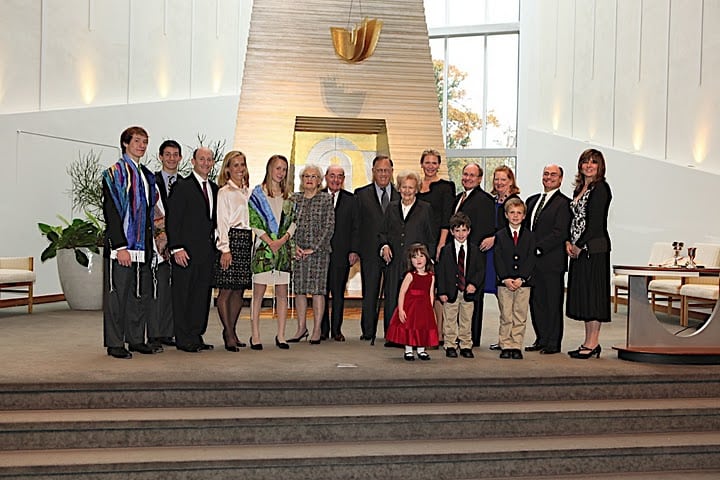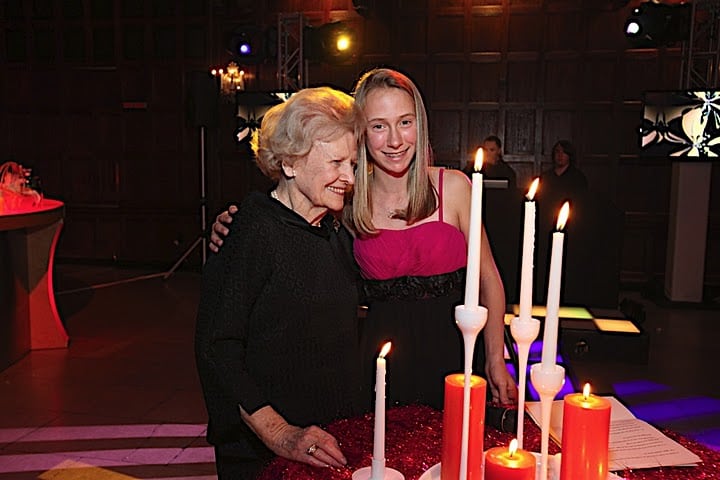Patagonia: Stay Open to the Possibilities
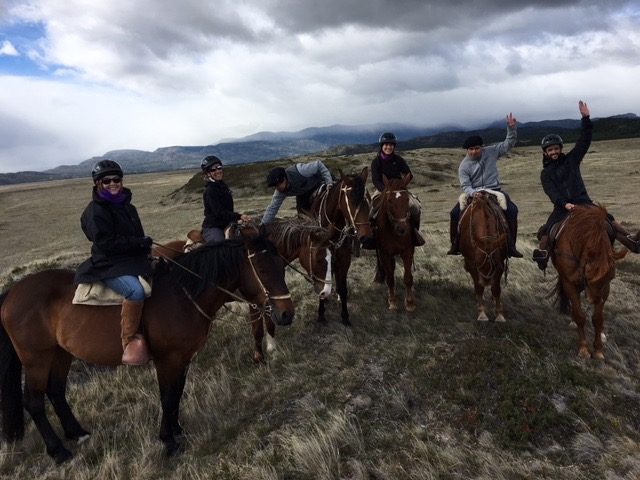
On a recent vacation to Patagonia, I took a day off from hiking with the friends I’d traveled with to go horseback riding. Who could resist the beauty of the animals, the gaucho culture, or the wide open, expansive landscape? I’m not an experienced rider, but talked my way into a group that included a marvelous horsewoman from Seattle and a charming Brazilian couple.
This experience was a reminder that you never know when you are going to meet somebody who inspires you, and that role models are everywhere if you just stay open to new possibilities. Carol is in her late fifties and traveled down to Chile in order to help her son (ex- Facebook) and his wife and their new baby move there. After settling them in, she started traveling alone – first spending 7 days camping and hiking “The W” in Torres el Paine. Then she came to the lodge where I met her where she’d been on riding excursions for 6 days. She told me stories of her and a friend riding her three horses 500 miles through the Cascades and into Canada. She told me about her future travel plans in Chile and Argentina.
She also talked about her other grandchildren back in Washington who she’d taught to ride and built tree houses for. After a morning of her wild stories and infectious laughter, I commented “You must have the coolest kids.” A big grin spread across her face and she said, “Well, my grandkids tell me I’m the coolest grandma ever.”
When the gauchos gave the signal, we’d go from a walk to a trot and then to a gallop. I stayed behind Carol and tried to do what she did. Her only words of advice as the horses picked up speed were, “Just don’t fall!!” It was exhilarating, thrilling, and downright frightening. I loved every minute of that day. I was grateful to meet Carol, whose sense of adventure and wanderlust inspired me, not to mention her moniker of “coolest grandma ever”.
I love meeting strong, independent women, especially strong women who travel to far off places alone. Carol is the type of woman who says, “YES!” to life. I’m smiling right now just thinking about her. Sadie, a character in my novel, Eden, was an accomplished horsewoman as well. Maybe if she lived in 2016, she would have been more like Carol…. instead of… well I don’t want to spoil it for you.
As Eden approaches its publication date and gallies are now in hand… Jeannie is exhilarated, thrilled, and also a little bit frightened… but she’s holding on tight!
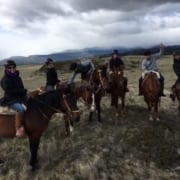
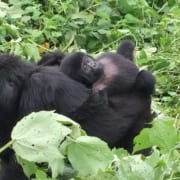
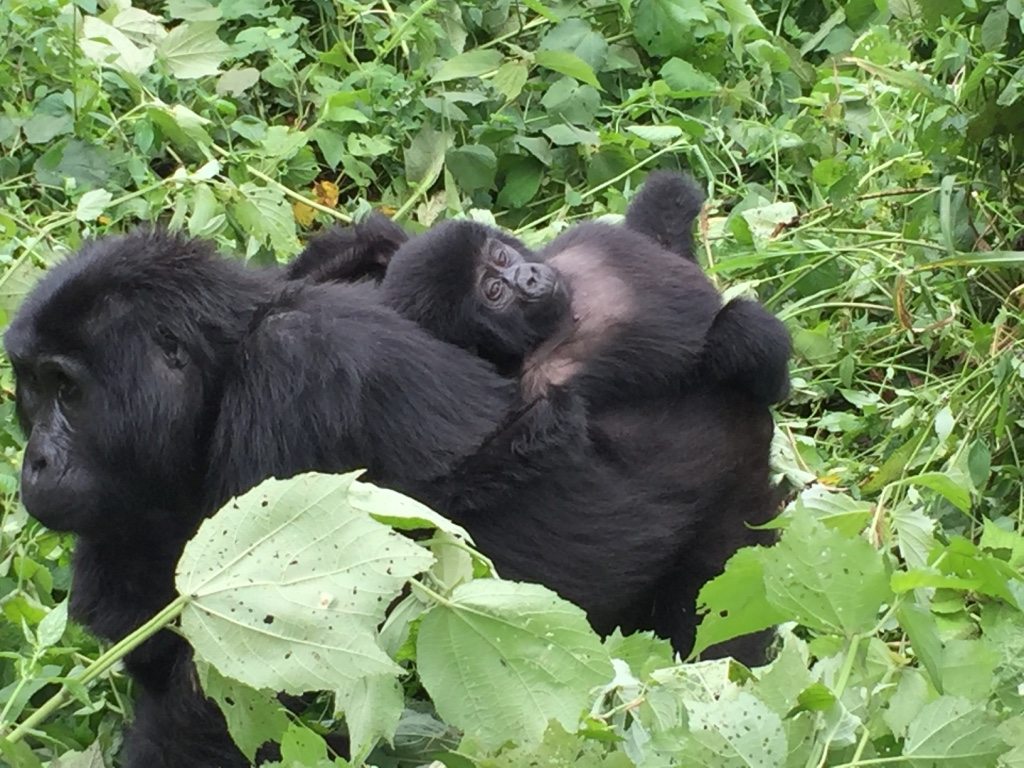

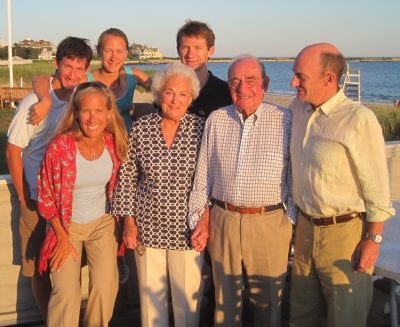 Have you read the
Have you read the 
